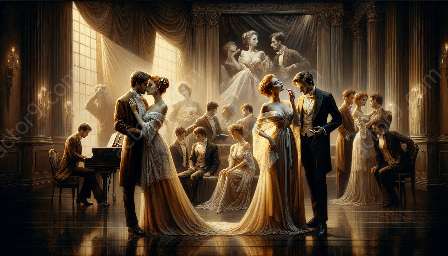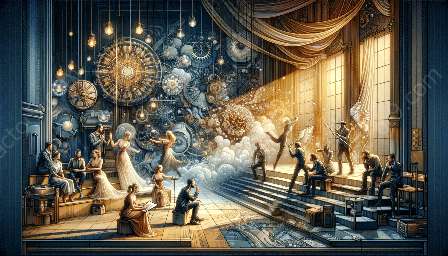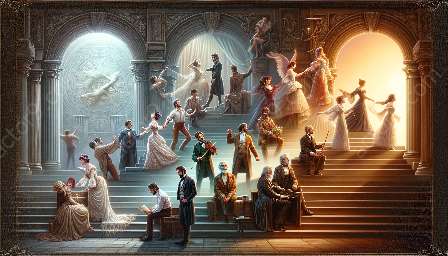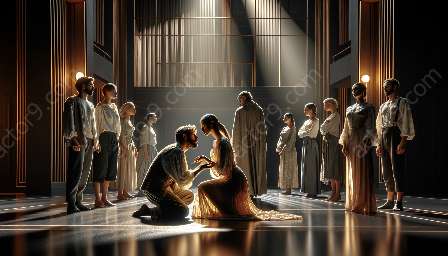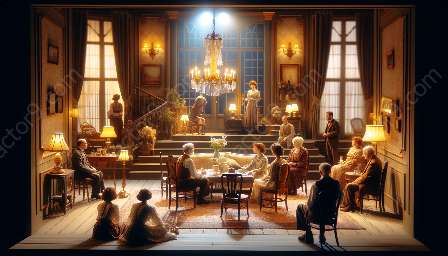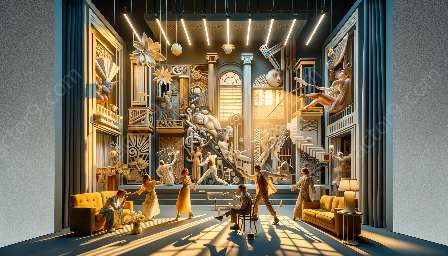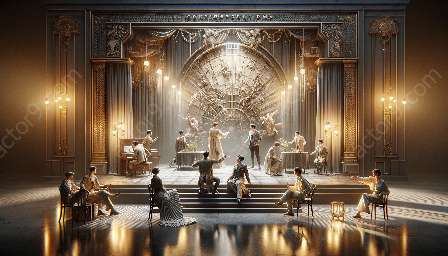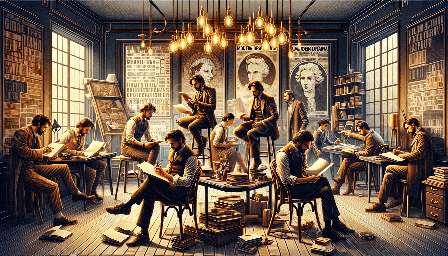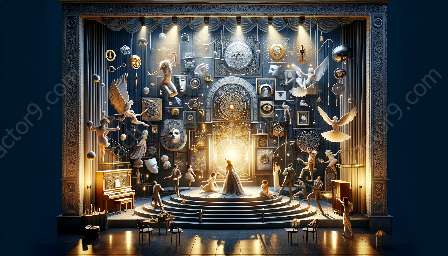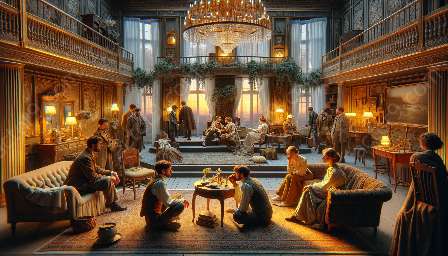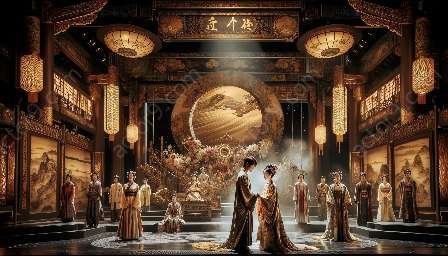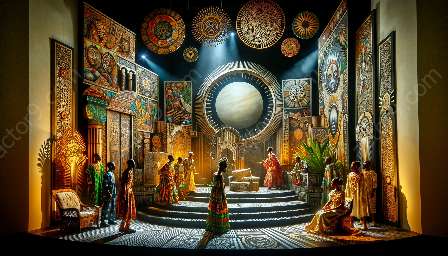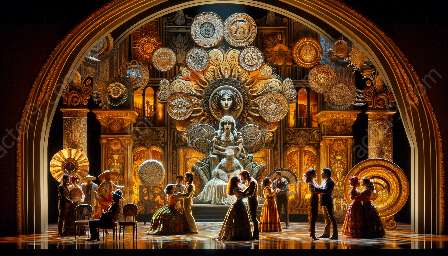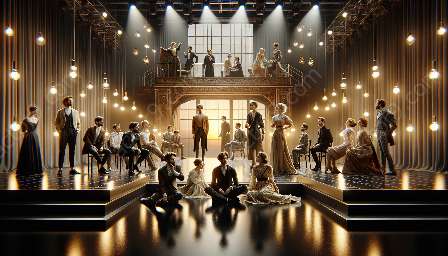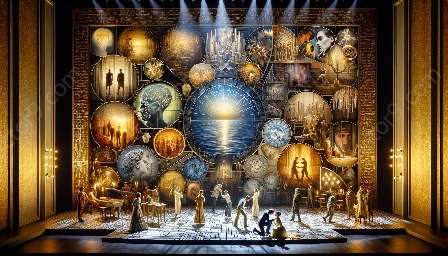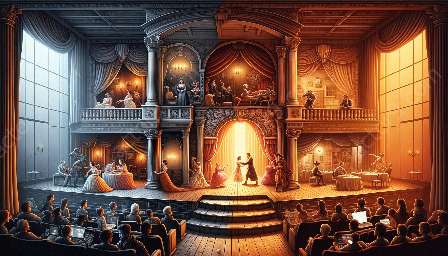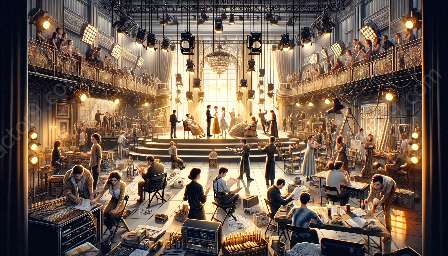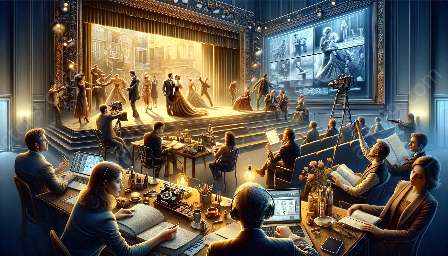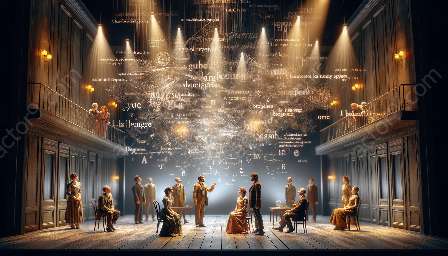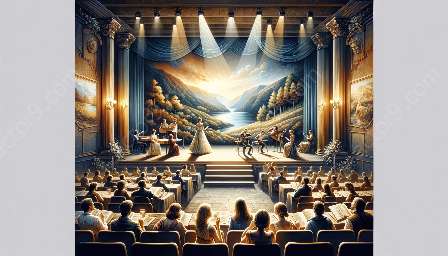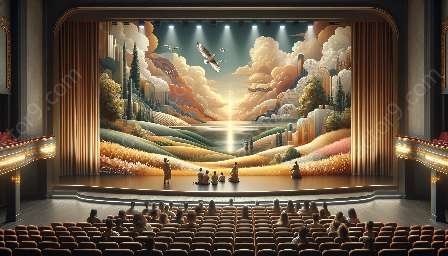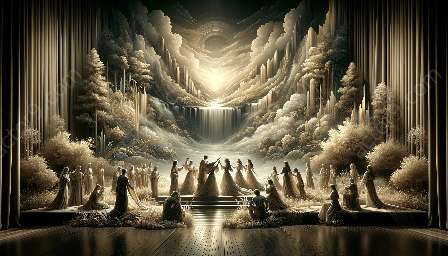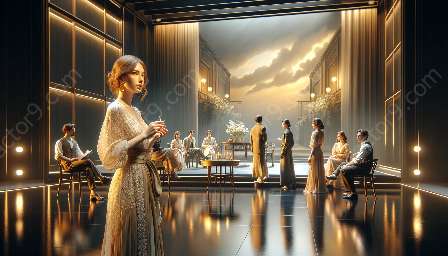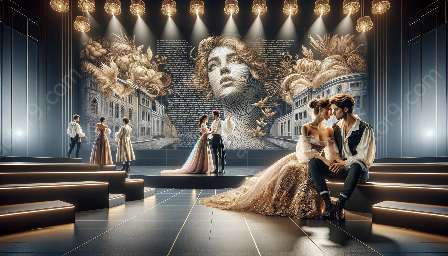Sound design, in the realm of modern drama, plays a pivotal role in shaping the overall experience of the audience. As a crucial component of theatrical productions, sound design has evolved to become a powerful storytelling tool, influencing the analysis of modern drama. This article explores the intricate relationship between sound design and modern drama, shedding light on its impact and relevance in shaping the narrative and emotional landscape of contemporary theatrical performances. From the creative implementation of sound effects to the strategic use of music and atmospheric sounds, modern drama has witnessed a profound integration of sound design, transforming the way stories are told and experienced.
Evolution of Sound Design in Modern Drama
Sound design in modern drama has undergone a transformative evolution, influenced by technological advancements and a shift in artistic sensibilities. Historically, the role of sound in theatrical performances was limited to live music or simple sound effects. However, with the advent of innovative audio technologies, sound design has transcended traditional boundaries, becoming an essential element in the artistic production process. The integration of digital soundscapes, surround sound systems, and specialized audio equipment has expanded the creative possibilities for sound designers, enabling them to craft immersive sonic experiences that resonate with audiences on a profound level.
Impact on the Analysis of Modern Drama
The role of sound design in modern drama extends beyond mere embellishment; it significantly influences the analysis and interpretation of theatrical works. Sound design acts as a complementary narrative layer, working in tandem with visual and performative elements to convey subtext, emotional cues, and thematic motifs. By carefully orchestrating the sonic environment, sound designers contribute to the audience's perceptual engagement, enriching their understanding and emotional connection to the unfolding narrative. The incorporation of specific sound motifs, ambient textures, and musical themes infuses modern drama with an added depth of interpretation, encouraging scholars and critics to delve deeper into the auditory dimensions of theatrical storytelling.
Emotional Significance and Audience Experience
Sound design holds profound emotional significance in modern drama, as it has the ability to evoke visceral responses and shape the audience's overall experience. Through the strategic use of sound, dramatists can create atmospheric moods, build tension, and elicit emotional resonance, amplifying the dramatic impact of the performance. The careful selection of sound elements, such as non-diegetic music, soundscapes, and vocal nuances, contributes to the establishment of a powerful emotional rapport between the audience and the unfolding narrative, heightening the immersive nature of modern dramatic experiences.
Techniques and Innovations
Modern drama has witnessed an array of innovative sound design techniques that have expanded the expressive potential of theatrical productions. From spatial audio manipulation to the integration of binaural recording techniques, sound designers continually push the boundaries of sonic storytelling, seeking to create multi-dimensional auditory landscapes that transcend traditional conventions. Additionally, the use of silence and ambient noise has emerged as a compelling tool in modern drama, allowing for moments of heightened tension and introspection, further enriching the auditory tapestry of the performance.
Collaborative Process and Artistic Integration
Sound design in modern drama thrives within a collaborative ecosystem, where designers, directors, composers, and performers work in synergy to achieve a cohesive artistic vision. The integration of sound design into the fabric of modern drama necessitates close collaboration between various artistic disciplines, fostering an environment where sonic elements harmoniously intertwine with visual and performative aspects. This interdisciplinary approach not only enhances the coherence of theatrical productions but also elevates the overall aesthetic and emotional impact of modern drama, offering audiences a multi-sensory journey through the power of sound.
Conclusion
Sound design stands as an indispensable pillar of modern drama, enriching the analysis and experience of theatrical performances. Its role in shaping the auditory landscape, evoking emotional responses, and amplifying the narrative depth underscores its significance as a fundamental storytelling tool. In the realm of modern drama, sound design serves as a testament to the symbiotic relationship between auditory expression and dramatic interpretation, inviting audiences to embark on a captivating journey through the immersive realm of sonic storytelling.

